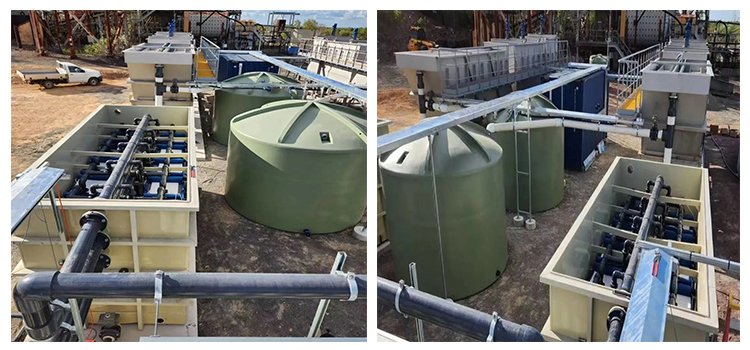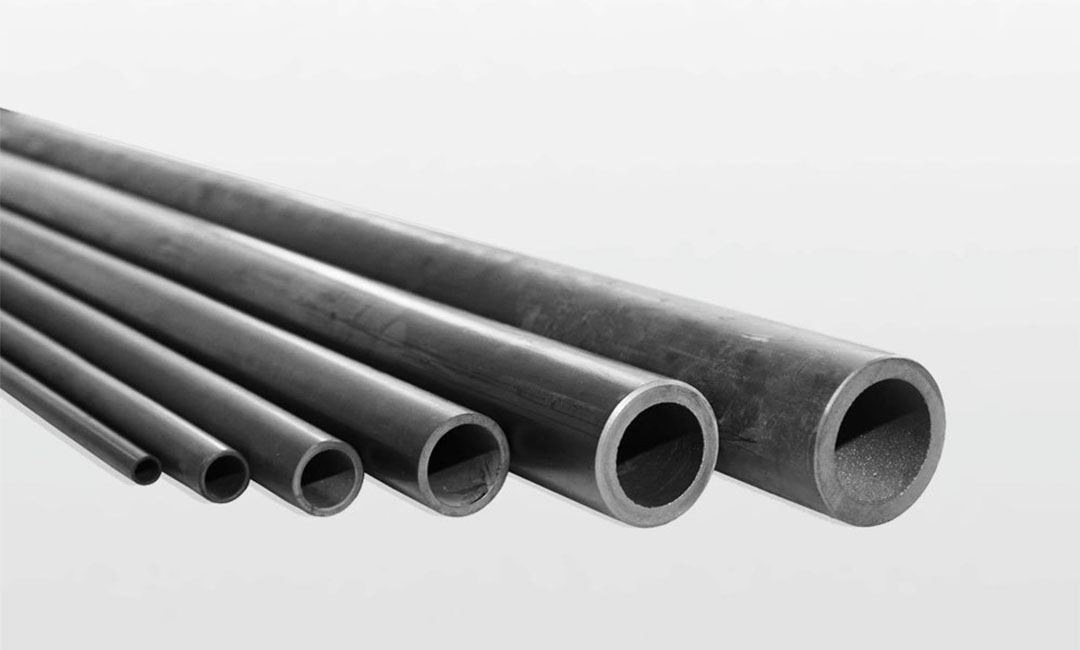Enhanced Efficiency in Gas Separation Processes
Gas separation is a critical process in various industries, including petrochemical, natural gas, and hydrogen production. The efficiency of gas separation directly impacts the overall productivity and cost-effectiveness of these industries. Traditional gas separation methods, such as distillation and adsorption, have limitations in terms of energy consumption, space requirements, and operational complexity. In recent years, there has been a growing interest in the development of advanced gas separation technologies, such as SiC gas separation membranes, to address these challenges.
SiC gas separation membranes are a promising alternative to conventional gas separation methods due to their high selectivity, permeability, and thermal stability. These membranes are made from silicon carbide, a material known for its excellent mechanical and chemical properties. The unique structure of SiC membranes allows for the selective transport of gases based on their molecular size and affinity to the membrane surface. This selective permeation enables the separation of gas mixtures with high efficiency and purity.
One of the key advantages of SiC gas separation membranes is their high selectivity. These membranes can effectively separate gas mixtures with different molecular sizes, such as hydrogen and carbon dioxide, by allowing only the smaller molecules to pass through while blocking the larger ones. This selective permeation results in a high purity gas stream, which is essential for various industrial processes, including hydrogen purification and natural gas upgrading.
In addition to high selectivity, SiC gas separation membranes also offer high permeability, allowing for rapid gas transport through the membrane. This high permeability reduces the residence time of gases in the separation process, leading to increased productivity and lower energy consumption. The combination of high selectivity and permeability makes SiC membranes a cost-effective solution for gas separation applications, as they require less energy and space compared to traditional methods.
Furthermore, SiC gas separation membranes exhibit excellent thermal stability, making them suitable for high-temperature gas separation processes. The robust nature of SiC membranes allows for continuous operation at elevated temperatures, which is essential for industries that require gas separation at extreme conditions. The thermal stability of SiC membranes also contributes to their long-term durability and reliability, reducing maintenance costs and downtime.
The development of SiC gas separation membranes has opened up new possibilities for enhancing industrial gas processing. These membranes offer a sustainable and efficient solution for gas separation, enabling industries to improve their productivity and reduce their environmental footprint. By replacing traditional gas separation methods with SiC membranes, companies can achieve higher purity gas streams, lower energy consumption, and increased operational flexibility.
In conclusion, SiC gas separation membranes are a game-changer in the field of industrial gas processing. Their high selectivity, permeability, and thermal stability make them an ideal choice for a wide range of gas separation applications. As industries continue to seek innovative solutions to improve their efficiency and sustainability, SiC membranes are poised to play a crucial role in shaping the future of gas separation technology.
Improved Purity of Industrial Gases
Gas separation membranes play a crucial role in various industrial processes, where the purity of gases is of utmost importance. One of the most promising materials for gas separation membranes is silicon carbide (SiC), due to its excellent chemical and thermal stability, high mechanical strength, and resistance to harsh operating conditions. SiC gas separation membranes have shown great potential in improving the efficiency and purity of industrial gas processing.
One of the key advantages of SiC gas separation membranes is their high selectivity, which allows for the separation of gases based on their molecular size and shape. This selectivity is crucial in industries such as petrochemicals, where the separation of hydrogen and carbon dioxide is essential for the production of high-purity hydrogen. SiC membranes can achieve high selectivity due to their unique pore structure, which can be tailored to specific gas separation requirements.

In addition to high selectivity, SiC gas separation membranes also offer high permeance, allowing for the rapid and efficient separation of gases. This high permeance is attributed to the high porosity and surface area of SiC membranes, which enable fast gas transport through the membrane. As a result, SiC membranes can significantly increase the productivity of industrial gas processing operations, leading to cost savings and improved overall efficiency.
Furthermore, SiC gas separation membranes exhibit excellent chemical resistance, making them suitable for a wide range of industrial applications. Unlike traditional polymeric membranes, which may degrade in the presence of aggressive chemicals, SiC membranes can withstand harsh operating conditions without compromising their performance. This chemical resistance is particularly advantageous in industries such as pharmaceuticals and semiconductors, where the purity of gases is critical for product quality.

Another key benefit of SiC gas separation membranes is their thermal stability, which allows for operation at high temperatures. This thermal stability is essential in industries such as steelmaking and glass manufacturing, where gases are processed at elevated temperatures. SiC membranes can maintain their performance even under extreme heat, ensuring reliable and consistent gas separation processes.
Moreover, SiC gas separation membranes are highly durable and long-lasting, offering a cost-effective solution for industrial gas processing. Unlike traditional membranes that may require frequent replacement due to degradation or fouling, SiC membranes have a longer lifespan and require minimal maintenance. This durability not only reduces operational costs but also minimizes downtime, leading to increased productivity and profitability for industrial plants.
In conclusion, SiC gas separation membranes have emerged as a promising technology for improving the purity and efficiency of industrial gas processing. With their high selectivity, permeance, chemical resistance, thermal stability, and durability, SiC membranes offer a reliable and cost-effective solution for a wide range of industrial applications. As industries continue to demand higher purity gases for their processes, SiC gas separation membranes are poised to play a crucial role in meeting these requirements and driving innovation in gas separation technology.
Cost Savings and Environmental Benefits of SiC Gas Separation Membranes
Gas separation membranes play a crucial role in various industrial processes, including gas purification, natural gas processing, and hydrogen production. These membranes are designed to selectively separate different gases based on their molecular size and affinity, allowing for the efficient separation of gas mixtures. Silicon carbide (SiC) gas separation membranes have emerged as a promising technology for improving industrial gas processing due to their high thermal stability, chemical resistance, and selectivity.
One of the key advantages of SiC gas separation membranes is their ability to operate at high temperatures and in harsh chemical environments. Traditional polymer-based membranes are limited by their low thermal stability and chemical resistance, which can lead to membrane degradation and reduced performance over time. In contrast, SiC membranes can withstand temperatures up to 1000°C and are resistant to corrosive gases, making them ideal for demanding industrial applications.
In addition to their superior thermal and chemical properties, SiC gas separation membranes offer high selectivity for specific gas molecules. This selectivity is achieved through the precise control of pore size and surface chemistry, allowing for the efficient separation of gas mixtures with high purity and yield. By selectively permeating certain gases while blocking others, SiC membranes can effectively separate hydrogen, carbon dioxide, methane, and other gases commonly found in industrial processes.
The use of SiC gas separation membranes in industrial gas processing can lead to significant cost savings and environmental benefits. By improving the efficiency of gas separation processes, SiC membranes can reduce energy consumption, increase productivity, and lower operating costs for industrial facilities. In addition, the high selectivity of SiC membranes can help minimize the loss of valuable gases and reduce emissions of greenhouse gases and other pollutants.
Furthermore, SiC gas separation membranes can enable the recovery and reuse of gases that would otherwise be wasted or vented into the atmosphere. This not only helps to conserve valuable resources but also reduces the environmental impact of industrial operations. By capturing and purifying gases such as hydrogen and methane, SiC membranes can contribute to the transition towards a more sustainable and circular economy.
Overall, SiC gas separation membranes offer a versatile and efficient solution for improving industrial gas processing. Their high thermal stability, chemical resistance, and selectivity make them well-suited for a wide range of applications, from gas purification to hydrogen production. By incorporating SiC membranes into their processes, industrial facilities can achieve cost savings, increase productivity, and reduce their environmental footprint. As the demand for clean and efficient gas separation technologies continues to grow, SiC membranes are poised to play a key role in shaping the future of industrial gas processing.

